Vibration Sensor: Working, Types, Applications, and Complete Guide
A vibration sensor is a crucial device used to detect and measure vibrations in machines, structures, and environments. This complete guide covers how vibration sensors work, their different types, applications across industries, and factors to consider before selection. Learn how these sensors improve safety, enhance performance, and prevent costly equipment failures.
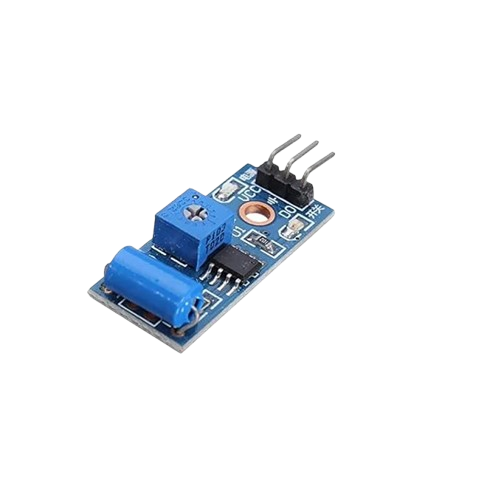
Device Overview
Vibration sensors are essential devices used to detect and measure vibrations in machinery, structures, and environments. These sensors play a critical role in monitoring the health of equipment, ensuring safety, and improving performance across various industries. This detailed guide will cover everything about vibration sensors, including how they work, different types, key applications, benefits, and a practical example.
What is a Vibration Sensor?
A vibration sensor is an electronic device that detects vibrations or oscillations in physical systems. It converts mechanical vibrations into electrical signals that can be analyzed to understand the condition of the object or environment being monitored. By measuring vibrations, these sensors help identify faults, prevent failures, and optimize maintenance schedules.How Does a Vibration Sensor Work?
Vibration sensors work by detecting changes in motion or oscillation. When a machine or structure vibrates, the sensor’s internal elements move accordingly. This movement causes changes in electrical properties such as voltage, capacitance, or magnetic fields, which are converted into electrical signals. These signals are then processed by monitoring systems or controllers to assess the vibration’s intensity and frequency. Many vibration sensors use piezoelectric materials that generate voltage when subjected to mechanical stress. The voltage output corresponds to the vibration’s amplitude and frequency, providing real-time data for analysis.Types of Vibration Sensors
Vibration sensors come in various types, each suited for specific applications and environments. Here are the most common types:1. Piezoelectric Vibration Sensors
These sensors use piezoelectric crystals that generate voltage when mechanically stressed by vibrations. They are highly sensitive and ideal for detecting high-frequency vibrations in industrial machinery. Piezoelectric sensors are widely used in condition monitoring and fault diagnosis.2. Capacitive Vibration Sensors
Capacitive sensors detect vibration by measuring changes in capacitance between two plates caused by movement. They are best suited for low-frequency vibration detection and can be used in environmental monitoring and structural health applications.3. Electromagnetic Vibration Sensors
Electromagnetic sensors operate by detecting changes in magnetic fields caused by vibrations. They are typically used in heavy machinery and automotive applications due to their robustness and reliability.4. Strain Gauge Vibration Sensors
Strain gauge sensors measure deformation or strain in materials caused by vibrations. These are used extensively in structural monitoring of bridges, buildings, and aircraft to assess integrity and safety.5. Velocity Vibration Sensors
Velocity sensors measure the speed of vibration movement, providing essential data for rotating machinery analysis and predictive maintenance.Key Applications of Vibration Sensors
Vibration sensors have a wide range of applications across industries:-
Industrial Equipment Monitoring: Detect early signs of wear and tear in motors, pumps, and compressors to prevent unexpected breakdowns and reduce maintenance costs.
-
Automotive Industry: Monitor engine vibrations and other components to ensure optimal performance and safety.
-
Structural Health Monitoring: Assess vibrations in bridges, buildings, and dams to detect potential structural issues and enhance safety.
-
Consumer Electronics: Used in smartphones, gaming controllers, and wearable devices to detect motion and provide user feedback.
-
Medical Devices: Monitor patient movements and vital signs through vibration detection.
-
Aerospace: Ensure aircraft structural integrity by monitoring vibrations during flight.
Benefits of Using Vibration Sensors
Implementing vibration sensors offers several benefits:-
Preventive Maintenance: Early detection of mechanical issues reduces downtime and repair costs.
-
Safety Enhancement: Monitoring structural vibrations helps avoid catastrophic failures.
-
Performance Optimization: Helps maintain equipment at peak efficiency.
-
Cost Savings: Reduces unplanned maintenance and extends equipment lifespan.
-
Real-Time Monitoring: Provides continuous data for immediate action.
How to Choose the Right Vibration Sensor?
Selecting the appropriate vibration sensor depends on several factors:-
Frequency Range: Match the sensor’s detection range with the expected vibration frequencies.
-
Sensitivity: Choose sensors that can detect the smallest vibrations relevant to your application.
-
Environmental Conditions: Consider temperature, humidity, dust, and vibration intensity.
-
Output Signal: Decide between analog or digital outputs based on your monitoring system.
-
Installation Requirements: Size, mounting options, and ease of installation matter.
-
Budget: Balance cost with required features and durability.
Example: Monitoring an Industrial Motor Using a Piezoelectric Vibration Sensor
An industrial facility uses an electric motor to power its machinery. To avoid unexpected downtime, the maintenance team installs a piezoelectric vibration sensor on the motor’s shaft housing. The sensor continuously measures vibration levels, sending data to a monitoring system. When the sensor detects abnormal vibration patterns, indicating potential bearing wear, it triggers an alert. The maintenance team inspects the motor, replaces the faulty bearing before failure, and avoids costly downtime. This proactive approach ensures efficient operation and reduces repair expenses.Conclusion
Vibration sensors are vital tools in modern industrial and structural monitoring. Their ability to provide real-time data helps prevent equipment failures, enhance safety, and optimize performance. By understanding different types, applications, and how to choose the right sensor, businesses can significantly benefit from integrating vibration sensing technologies. Investing in quality vibration sensors and implementing a proper monitoring system is essential for anyone aiming to improve operational efficiency and safety.Where to Buy
| Platform | Price | Action |
|---|---|---|
|
|
₹194 | Buy Now |
Prices may vary. Click on "Buy Now" to check current availability and pricing.
Administrator
Frequently Asked Questions
Common questions about Vibration Sensor: Working, Types, Applications, and Complete Guide. Find answers to the most frequently asked questions.
User Reviews & Comments
Share your experience with this IoT device. Your feedback helps our community make informed decisions!
Share Your Experience
Help others by sharing your thoughts about this IoT device.
Related Devices
Explore more IoT devices in the same category
Discover how the Ultrasonic Sensor HC-SR04 works and how to use it in IoT projects. This detailed guide covers its working principle, pin configuration, interfacing with Arduino, applications in smart systems, and complete circuit setup. Ideal for beginners and IoT developers looking to integrate distance sensing in real-time projects.
Discover everything about IR sensors used in modern IoT applications. Learn their types, working principles, interfacing methods, and real-world uses. This complete guide helps developers and engineers choose the best IR sensor for smart electronics and automation projects with reliable performance.
Discover how photoresistors (LDRs) work in IoT projects. Learn about their functions, real-world applications, circuit integration, and why they are essential in modern smart systems. This detailed guide helps electronics and IoT enthusiasts understand light sensors and their role in automation. Perfect for students, hobbyists, and developers looking to build smarter, light-based solutions.
The BMP180 sensor is a high-precision digital barometric pressure sensor widely used for measuring atmospheric pressure and temperature. This detailed guide covers its key features, specifications, working principle, and practical applications. Learn how the BMP180 delivers accurate environmental data for various projects, along with benefits and usage tips to ensure reliable and efficient performance.
The Hall Effect Sensor is a key electronic component that detects magnetic fields and converts them into electrical signals. Widely used in IoT devices, robotics, and industrial systems, this sensor provides accurate, contactless, and reliable performance. In this blog, we explain how the Hall Effect Sensor works, its types, advantages, and real-world applications. From current measurement to speed detection, it plays a vital role in automation and smart technology.
Reed Switch is a simple but powerful electronic component widely used in IoT devices and smart applications. This complete guide explains its working principle, different types, key advantages, and real-world applications. Whether you are an engineer, student, or IoT enthusiast, understanding Reed Switch technology helps in building efficient, reliable, and cost-effective projects with modern sensor solutions.
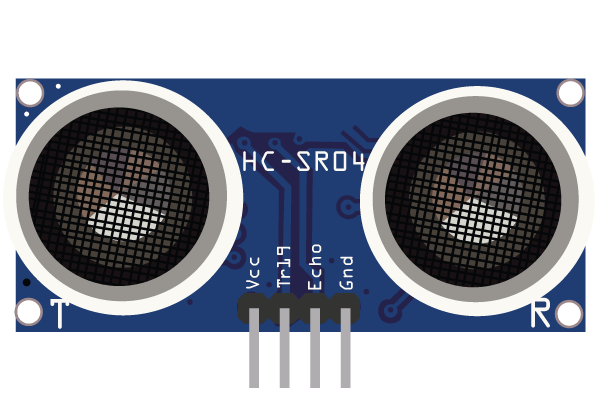
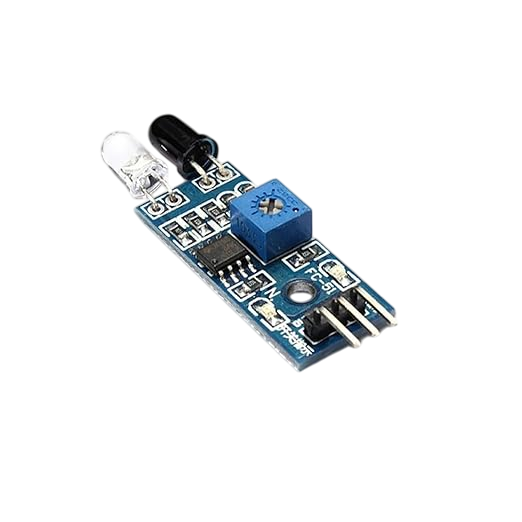

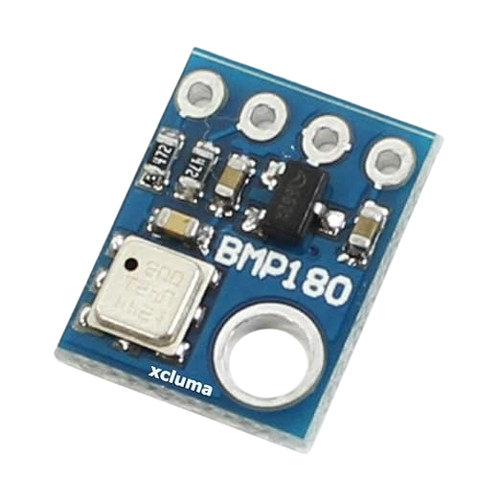
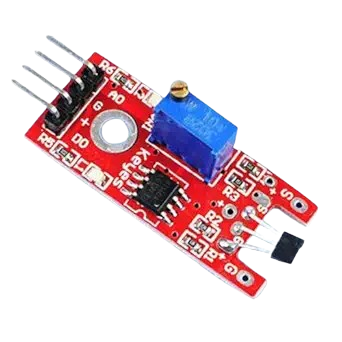

No Reviews Yet
Be the first to share your experience with this IoT device!